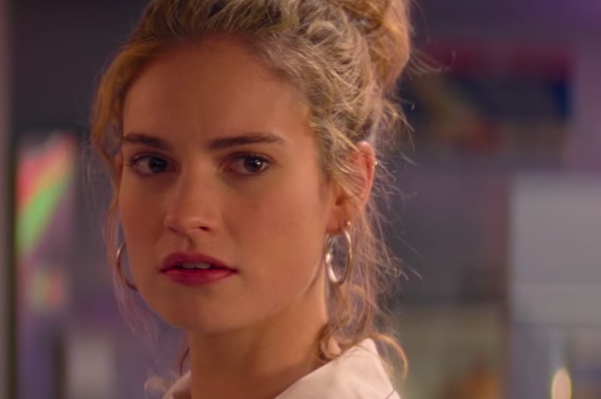I’ve never been a HUGE Marvel fan. I appreciate the films they release, because they are always very enjoyable and are *good* films. Their consistency could also be viewed as a deterrent, though. While consistently well made films, they seem to have fallen under the “cookie-cutter” category of superhero movies. In recent years, however, they seem to have been able to grow.
‘Doctor Strange’ was a huge surprise to me. It was an origin story, so you take the same steps as in every other Marvel origin, but it had wildly enjoyable visuals, and delightfully fresh fight sequences. Yes, the character grew and flourished in the same way that Iron Man did, so many years before, but this film felt NEW, and FRESH. Basically, it felt like it was a new Marvel.
On that same token, ‘Guardians of the Galaxy Vol. 2’ was, in my opinion, amazing. It felt like the best comedy I had seen all year, yet it was a superhero action movie. It, like it’s predecessor (Guardians 1) and Doctor Strange, felt like a cool new direction for Marvel. The action was spot-on, and the characters were beautifully fleshed out. So, that brings me to the new ‘Thor’.
The first ‘Thor’, helmed with heavy dutch-angles by Kenneth Branagh, was pretty much as mediocre as a superhero movie could get. The phoned-in romance, coupled with the forgettable story, make me scratch my head as to what really happens in the film. (But, then again, I haven’t seen it in years.) ‘Thor: The Dark World’ eschewed dutch-angles for a terrible villain and an even more forgettable plot. Don’t they say that a movie is only as good as it’s villain? This movie is trash.
After those two movies, how could I hear about a third ‘Thor’ and find any kind of excitement? Well, the director is fantastic, for one. New Zealand native Taika Waititi (‘What We Do in the Shadows,’ and ‘Hunt for the Wilderpeople’) may seem like an odd choice for a big-budget superhero movie, but I believe that he has the perfect vision for a strange superhero movie (with a stranger story).
From the two trailers that have been released, one a teaser, the other an official trailer, we get a glimpse into what the film will be like. Both trailers featured great music, eye-popping colors, and genuine humor. Thor fights the Hulk was what the teaser made the film out to be. That’s rad. Now, the official trailer paints a bigger picture. And it’s exciting! I’m excited for a Marvel movie!
It may be too early to make assumptions, but I think I can say that it’s good that Marvel are taking chances with these films. ‘Ant-Man’ may have been the nail in the coffin for the old Marvel. Now, we are seeing the NEW Marvel, and it’s shaping up to be something fresh and, more importantly giving the filmmakers a chance to actually create their vision, rather than be stifled by the constrictions of the production company.
Anyway, I’m excited. Watch the trailer here.






















